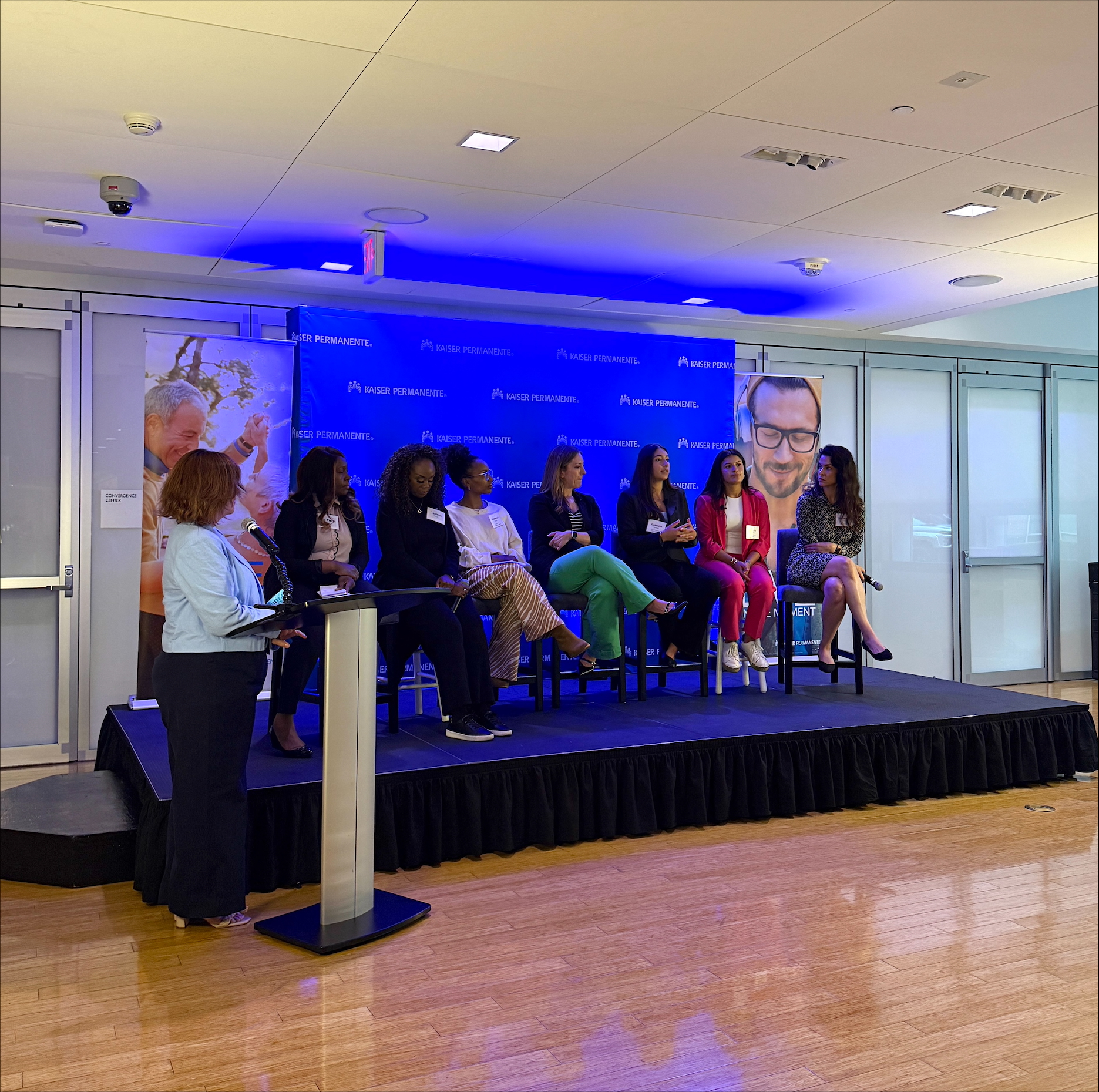This article is adapted from a brief on mindfulness in schools compiled by Ad Lucem Consulting for Kaiser Permanente.
One definition of mindfulness is “the intentional cultivation of moment-by-moment non-judgmental focused attention and awareness.” Methods for adapting mindfulness in ways that help students and teachers to navigate the stresses of school, adolescence and family life are generating buzz – and lots of research – in the field of education.
Because mindfulness can impact emotions, behavior and academic performance, some schools implementing mindfulness practice are reporting a decrease in student conflict and behavioral problems.
Teachers are benefiting from the practice of mindfulness, too. In one study of middle school staff and leaders participating in a program called Quiet Time, teacher absences due to illness dropped by 30% after the first year of the program and educators reported less depression, anxiety, anger and fatigue and increased emotional intelligence.

Of course, in addition to making the commitment, sustaining mindfulness programs requires the precious resource of time as well as financial resources. In San Francisco Unified School District, senior district leaders have themselves learned transcendental meditation and committed district resources to support the implementation of the a program in district schools.
If you want to do some homework, a paper titled Integrating Mindfulness into K-12 Education takes a look at the latest research and curricula, including the training of teachers as well as the direct teaching of students.
Keep in mind that while more and more research is being conducted on mindfulness programs in schools, many consider the data to be preliminary.
Another overview of findings is found in Mindfulness: A Teacher’s Guide, compiled by Dr. Amy Saltzman for the PBS series The Buddha.
To help you explore further, here are a few additional resources and links to several networks created specifically for educators:
- Mindfulness in Education Network facilitates communication among educators, parents, students and others interested in promoting mindfulness in educational settings and hosts an annual conference.
- Association for Mindfulness in Education is a collaborative association of organizations and individuals working together to provide support for mindfulness training as a component of K-12 education.
- Mindfulness Research Guide is a comprehensive electronic resource and publication database that provides information to researchers, practitioners, and the general public on the scientific study of mindfulness.
And here are links to a few of the programs in place in schools:
- The David Lynch Foundation developed the Quiet Time Program, which is taught to high-risk students.
- The Hawn Foundation developed MindUP™, which teaches social and emotional learning skills that link cognitive neuroscience, positive psychology and mindful awareness training.
- Inner Kids is a professional training program taught at residential retreats and through online study to participants who already have a contemplative practice.
- The SMARTinEDUCATION program is an eight-week teacher renewal course designed for K-12 administrators. The focus is on developing greater awareness of emotions and responses in self and others and creating more effective strategies for relating to difficult situations.
- Mindful Schools provides direct teaching to students in K-12 schools and curriculum training for teachers and school staff, provided at a weekend retreat or online.




